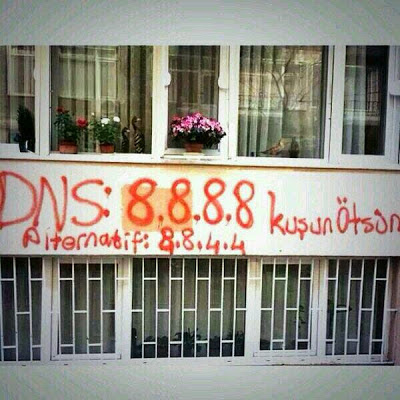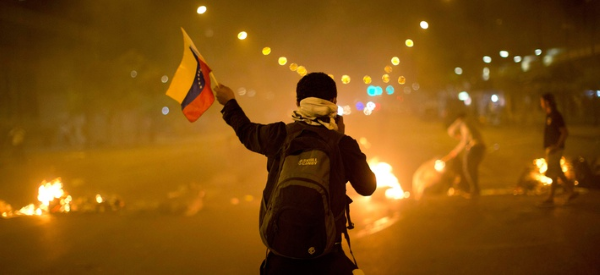Dictators have been playing a crazed version of Whac-a-Mole with the Internet for years. Here’s what’s new — and how we got here. Gallery.
aNewDomain –– Since the time of the 1991 Soviet Coup attempt, dictators have been playing their own crazed version of Whac-a-Mole with the Internet. The idea is to stem the flow of political information during times of protest.
How’s that working for them? Results are so far mixed.
The Internet was a major factor during the Arab Spring and demonstrations in Turkey and Venezuelan earlier this year. Today the Chinese government is censoring news about the pro-democracy protests in Hong Kong. And dissidents are finding new ways to communicate.
Chinese censors are also trying to erase news of the past, as we learned at the time of the 25th anniversary of the Tiananmen Square protests.
In the early days, we were optimistic that the Internet would end up a great force for democracy, but it is clear now that we were naive — it is a tool used by both dictators and the people. Who gains the most?
Let’s conclude with a gallery of images illustrating some of the online battles between dictators and democrats:
 |
| Relcom’s “kremvax” relayed USENET news during the Soviet coup attempt. |
 |
| Protesters used Facebook during the Arab Spring. |
 |
| Turkish dissidents painted DNS server addresses on walls |
 |
| Venezuelan protesters used the Zello walkie-talkie app. |
 |
| The Chinese government is censoring news of today’s Hong Kong protests. |
 |
| Many Chinese are unaware of the 1989 Tiananmen Square protests |



















